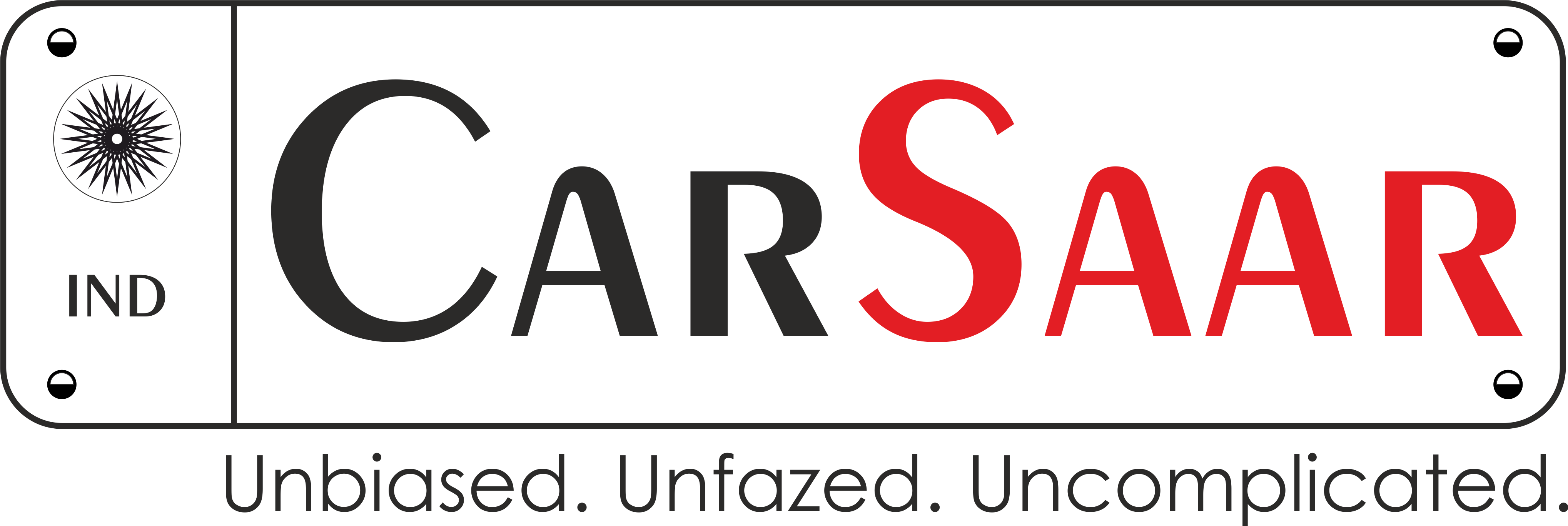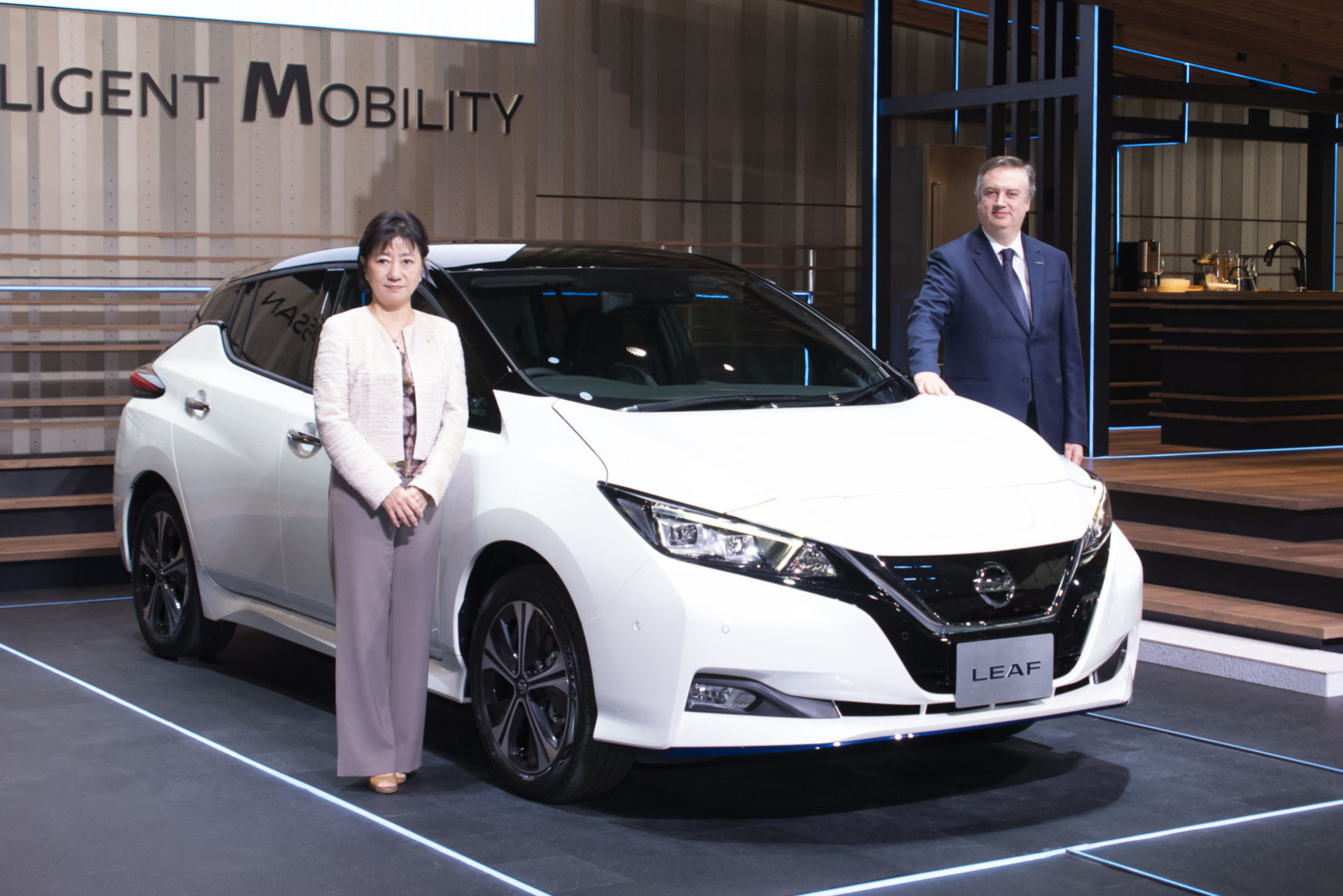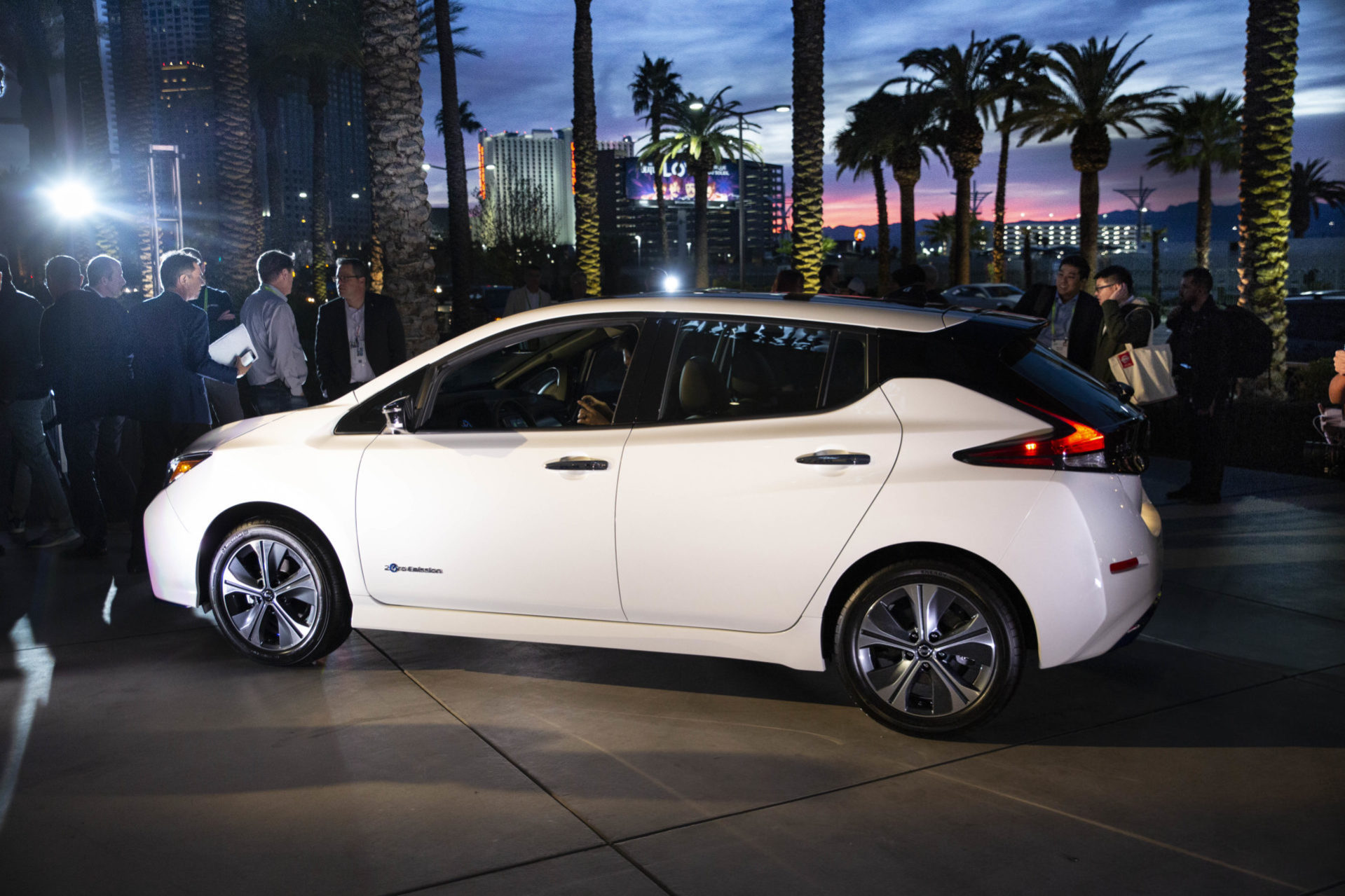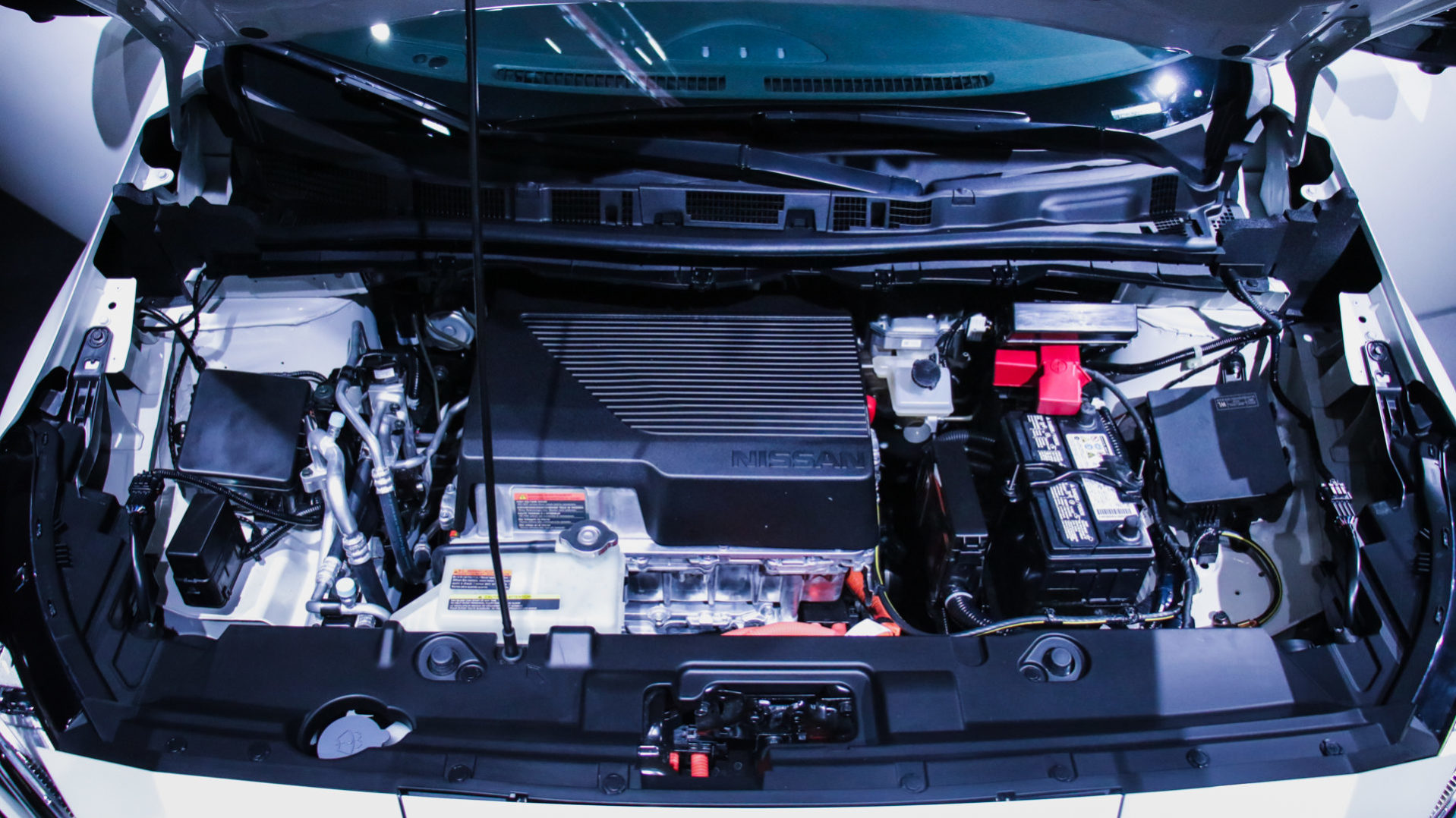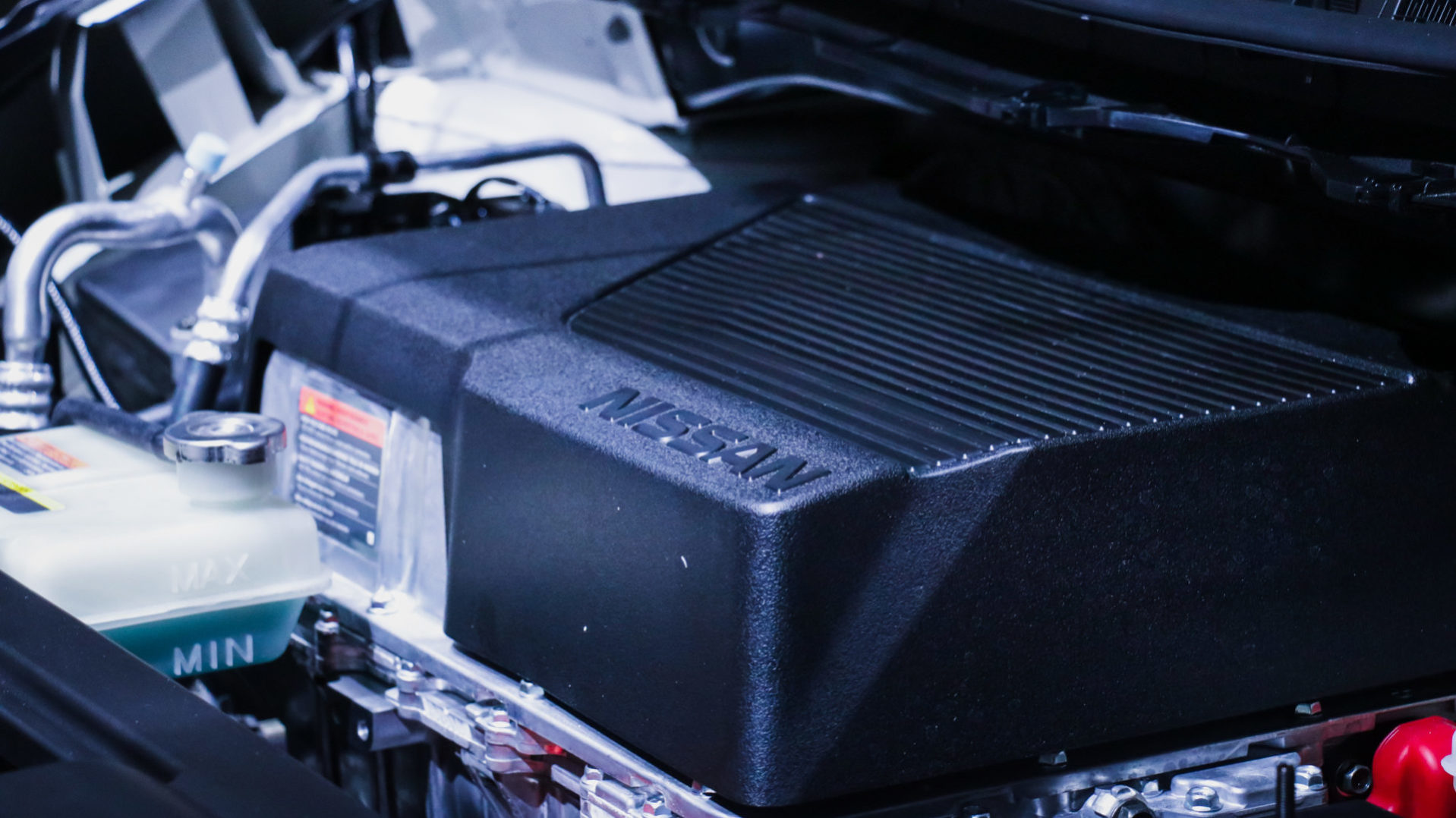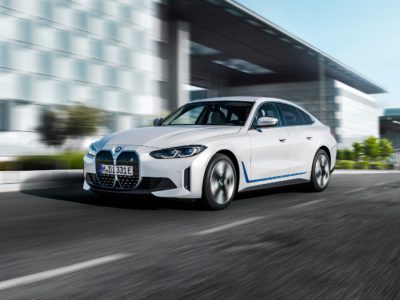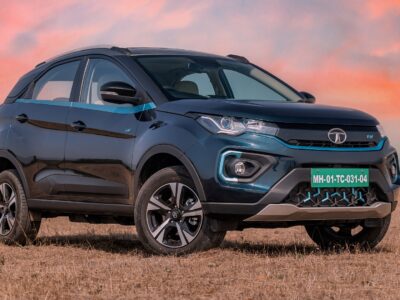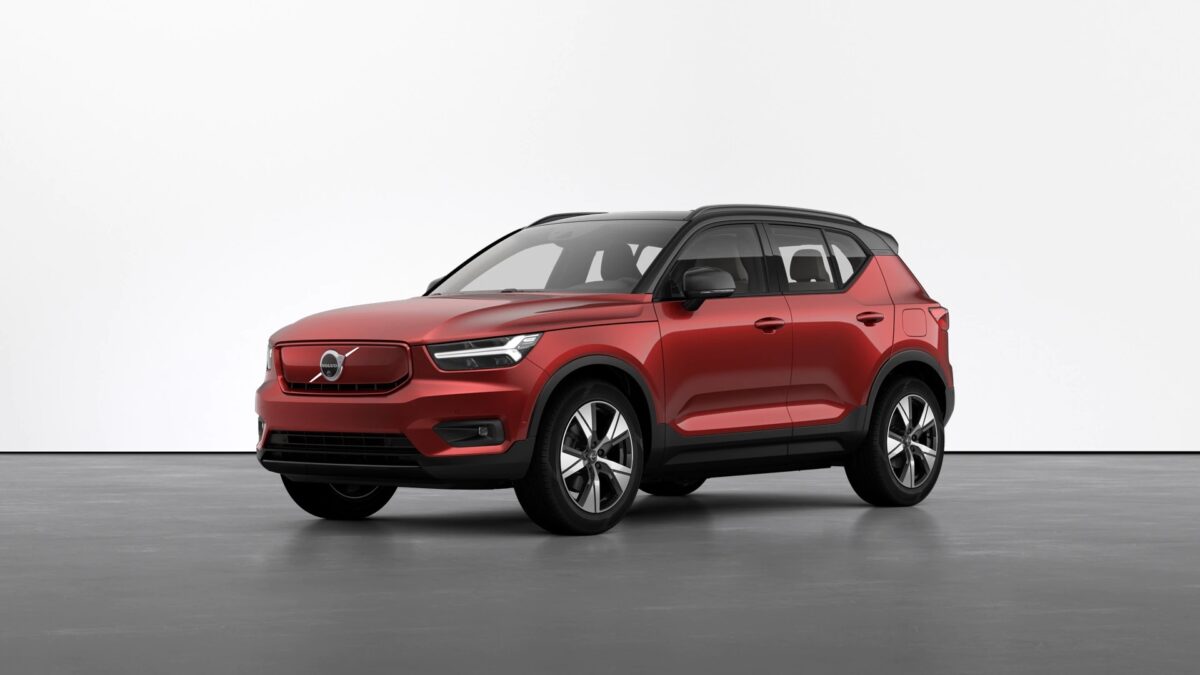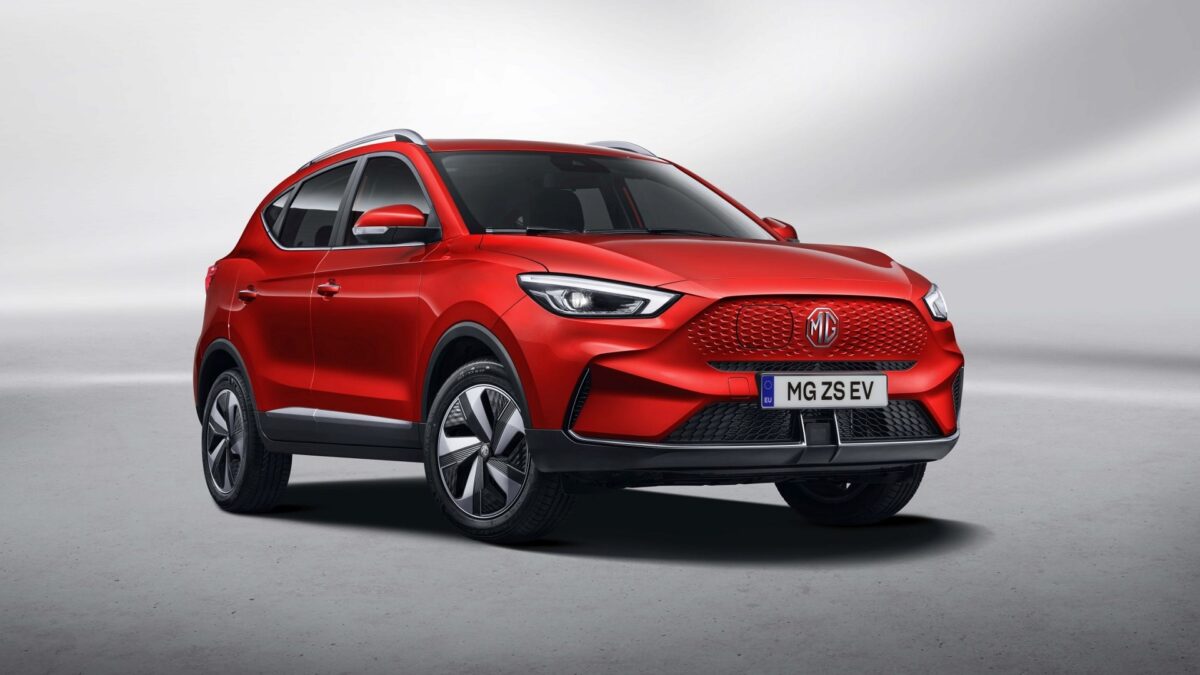The Nissan Leaf is the bestselling pure-electric car in the world. More than 3,80,000 units have been sold worldwide ever since it was first launched in the year 2010. In order to expand its appeal to a wider base of audience, Nissan has now unveiled a more juicer version of its electric car. Dubbed as the Leaf e+, it will first go on sale in its home country, followed by an introduction in the USA in spring this year and then by mid-2019 in Europe. The model made its world premiere at the Consumer Electronics Show 2019.
Juicer version? Yes. That was, in fact, quite aptly put! You see the standard Nissan Leaf gets a 40kWh battery and an electric motor which is good for 150PS/320Nm of oomph. Those figures give the EV (electric vehicle) a range of up to 400km, based on the JC08 testing system. The Nissan Leaf e+ features a bigger battery – 62kWh – and that feeds the stored electricity to a more powerful electric motor, which delivers 218PS/340Nm. The setup is enough for a travel range of up to 570km, based on the same testing system. With the added oomph, the Leaf e+ can accelerate from 80kmph to 120kmph nearly 13 per cent faster.
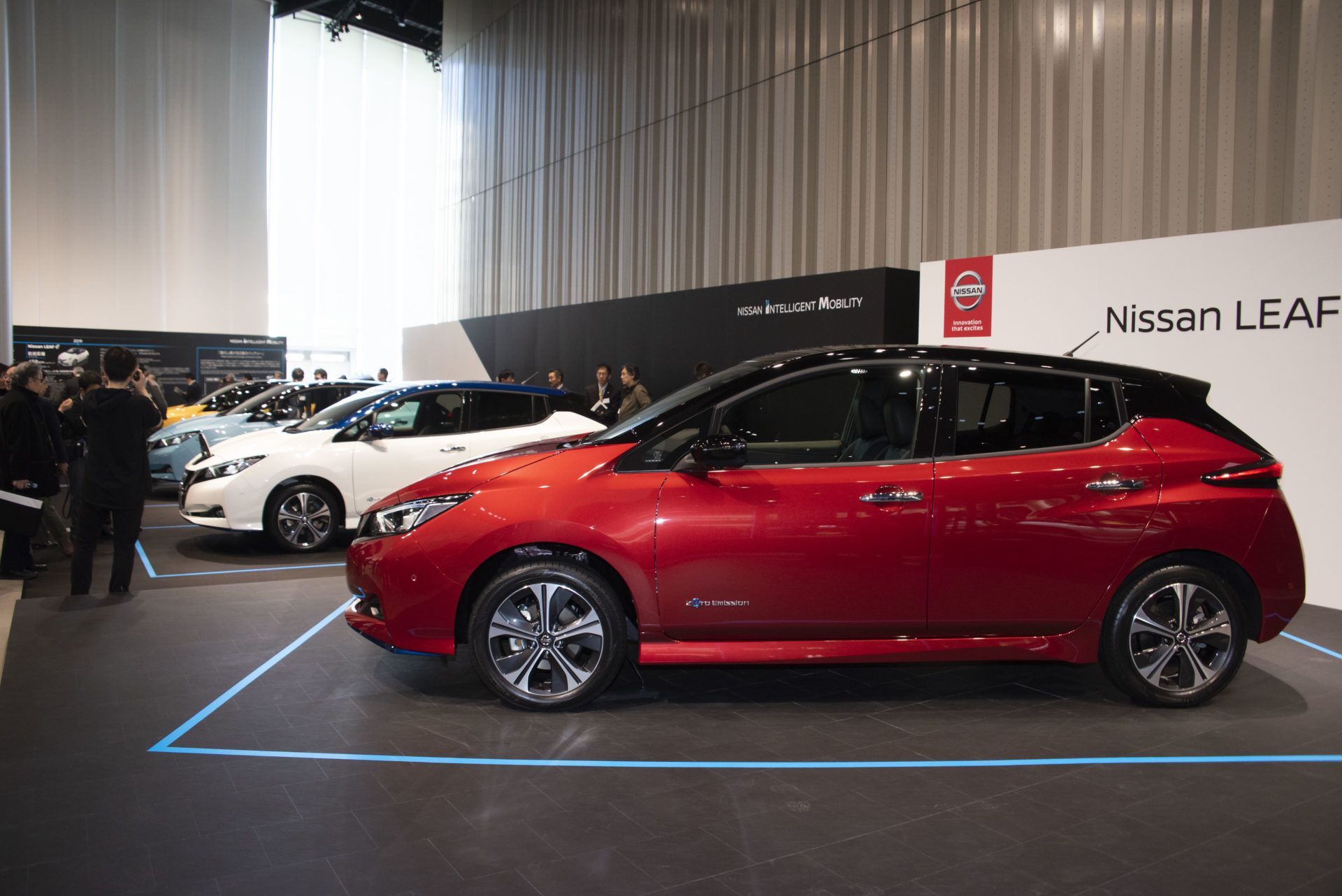
Do the math and you’ll notice that with a 55 per cent bigger battery size and an electric motor which produces 45.33 per cent of more power and 6.25 per cent of more torque, the Leaf e+ can travel an extra 170km on a single charge. Nissan claims that the latest, longer-range variant of the Leaf boasts a 25 per cent increase in energy density within its battery pack. That has enabled the engineers to keep the overall size of the battery pack nearly identical to the one found in the standard Nissan Leaf. The battery warranty of 8 year/1,60,000km is standard across all versions.
With a bigger battery pack, does the Nissan Leaf e+ takes longer to charge? Well, Nissan has fitted the new variant with a 70 kW, a peak of 100 kW, quick charging system. Thanks to that, the company claims that owners of the Leaf e+ can expect similar charging times when plugged into a 100-kW charger as the standard Nissan Leaf owners do with a 50-kW charger. For the record, the charging time from alert to 80 per cent, using quick charging is 40 minutes in the standard Leaf.
All the other bells and whistles remain the same. The only minute difference is an increase in overall height by 5mm with 16-inch wheels. That change in dimension is courtesy of the bigger and denser battery pack. Last year, Nissan confirmed that it would bring the Leaf EV to India this fiscal. Since it will arrive via the CBU (completely built unit) route, expect the company to offer the Leaf e+ variant as well.

